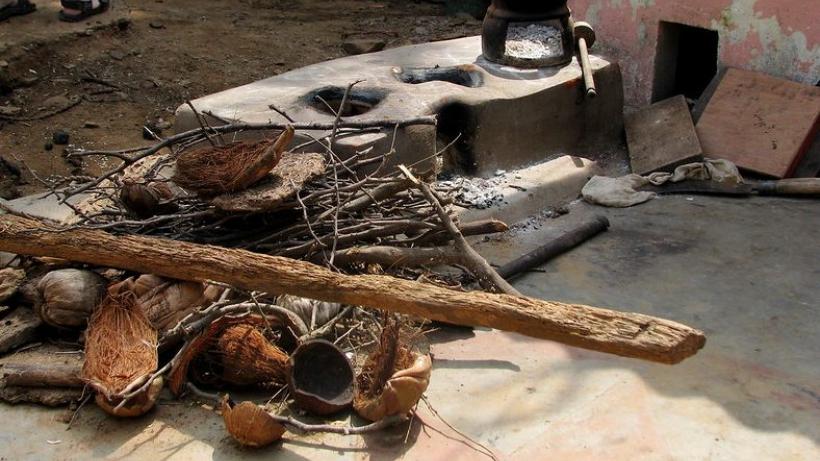Marketing 'improved cookstoves' to combat indoor air pollution
-
Traditional cookstoves are a cause of respiratory illnesses and contributor to climate change
-
Half of the world’s population use these stoves for cooking
-
Marketing should focus on cost, instead of health, benefits
Indoor air pollution created by burning fuel in traditional cookstoves is thought to be a principal cause of acute respiratory infections in children worldwide and is also an important contributor to climate change. Despite these hazards, half of the world’s population continue to rely on traditional stoves for cooking. Although simple ‘improved cookstoves’ that reduce these hazards exist, efforts to promote their adoption have proven ineffective. This study analyses the determinants of low demand in developing countries for ‘improved cookstoves’ - a technology which has substantial benefits for population health and the environment.
The IGC conducted a study to estimate the effectiveness of different interventions that could better promote adoption of improved cookstoves. We found that women – who typically bear disproportionate cooking costs – have stronger preference for healthier stoves, but lack the decision-making authority to make purchases. Men are already largely aware of the hazards but chose to prioritise other basic developmental needs.
Our results suggest that if women cannot make independent choices about household spending, marketing which focuses on highlighting the health and environmental benefits is likely to miss the mark. Instead, efforts may be more successful if the stoves are designed with features valued more highly by users (even when those features are not directly related to the cookstoves’ health and environmental impacts) such as reducing their cost of use, or the risk associated with experimenting with a newly purchased technology by offering a warranty or free trial period.
Project outputs

Low demand for nontraditional cookstove technologies

Gender Differences in Preferences, Intrahousehold Externalities and Low Demand for Improved Cookstoves

Low demand for nontraditional cookstove technologies

Low demand for nontraditional cookstove technologies

Gender Differences in Preferences, Intrahousehold Externalities and Low Demand for Improved Cookstoves

Learning about New Technologies Through Opinion Leaders and Social Networks: Experimental Evidence on Non-Traditional Stoves in Rural Bangladesh

Cleaner, 'Greener' Cookstoves Need Better Marketing In Bangladesh

Modern cookstoves 'unaffordable to rural Bangladeshi women'






